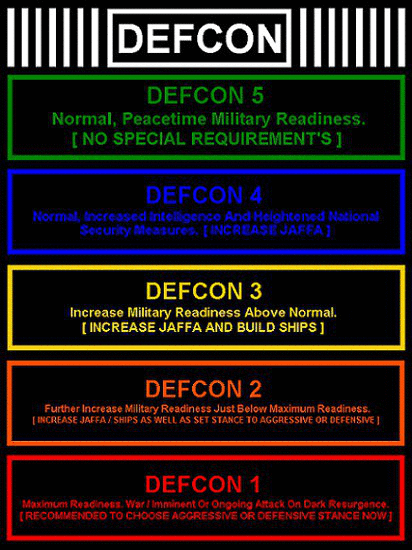

Ambassador in Tokyo, was part of intense behind-the-scenes diplomacy to defuse the crisis, which was compounded when Japan joined the tripartite alliance with Nazi Germany and Fascist Italy. Roosevelt extended credits to China to buy war matériel and restricted oil, steel, iron, and other goods needed for Japan’s growing industries. In the late nineteen-thirties, after Japan occupied China, tensions erupted between Washington and Tokyo at a time they were jockeying for influence, resources, and trade in East Asia.

has had epic and long-forgotten failures, too. It spawned the first “hotline” between Washington and Moscow, and negotiations for the historic Nuclear Test Ban Treaty concluded the following year. also quietly withdrew its missiles from Turkey. It ended with Washington promising not to invade Cuba again and Moscow removing its missiles. “If there is no intention to doom the world to the catastrophe of thermonuclear war,” he wrote Kennedy, “then let us not only relax the forces pulling on the ends of the rope, let us take measures to untie that knot.” The note led to unusual back-channel talks, including the first Track Two diplomacy between the superpowers through back channels that were not diplomats. It was followed by a secret and emotional ramble from Khrushchev about the spectre of nuclear holocaust. Several weeks into the stalemate, a Soviet agent passed a message to the White House-through the ABC correspondent John Scali-with a compromise. It was, according to the State Department’s official history, “the moment when the two superpowers came closest to nuclear conflict.”Įven as a military confrontation seemed inevitable, Kennedy opted for the long and often tortuous game of diplomacy. moved to DEFCON 2, signalling that war was imminent. Premier Nikita Khrushchev countered angrily that the blockade was “an act of aggression” and refused to budge. The Pentagon moved to DEFCON 3, requiring the Air Force to be ready to launch in fifteen minutes.

#Defcon 3 full#
Washington would regard “any nuclear missile launched from Cuba against any nation in the Western Hemisphere as an attack by the Soviet Union on the United States, requiring a full retaliatory response upon the Soviet Union,” Kennedy warned in a televised address. Instead, he ordered a naval “quarantine” and demanded that Moscow withdraw its weaponry. Kennedy to strike the sites-and then invade. spy planes spotted construction sites for Soviet ballistic missiles in Cuba, leading Pentagon brass to unanimously urge President John F. The classic example is the Cuban missile crisis. Presidents have had a mixed record in staring down rivals and persuading them to peacefully retreat. “He will want to own or dominate or reabsorb Ukraine until he dies.”įor more than a century, U.S. Institute of Peace, told me this week, a few days after returning from Kyiv. “Even if Putin doesn’t invade this time, he will still want Ukraine,” William Taylor, the former U.S. But a decision by the Russian leader to pull back in the weeks or months ahead does not mean he will surrender his ultimate goal. Diplomacy could take months to resolve the Ukraine crisis, the French President, Emmanuel Macron, conceded this week after his five hours of talks with Putin in Moscow. Yet almost frantic diplomacy-as senior French and British officials travelled to Moscow this week and the Germans are due next week-has so far failed to get Putin to blink. On Friday, the national-security adviser, Jake Sullivan, warned that Vladimir Putin could invade even before the Winter Olympics end, on February 20th-and urged all Americans to leave Ukraine immediately. They’re at it again, this time in Ukraine, with stakes that could shape the balance of power, European unity, the Western alliance, and the success of Joe Biden’s Presidency.

and Russian leaders have engaged in brinkmanship over territory, influence, and weapons.


 0 kommentar(er)
0 kommentar(er)
